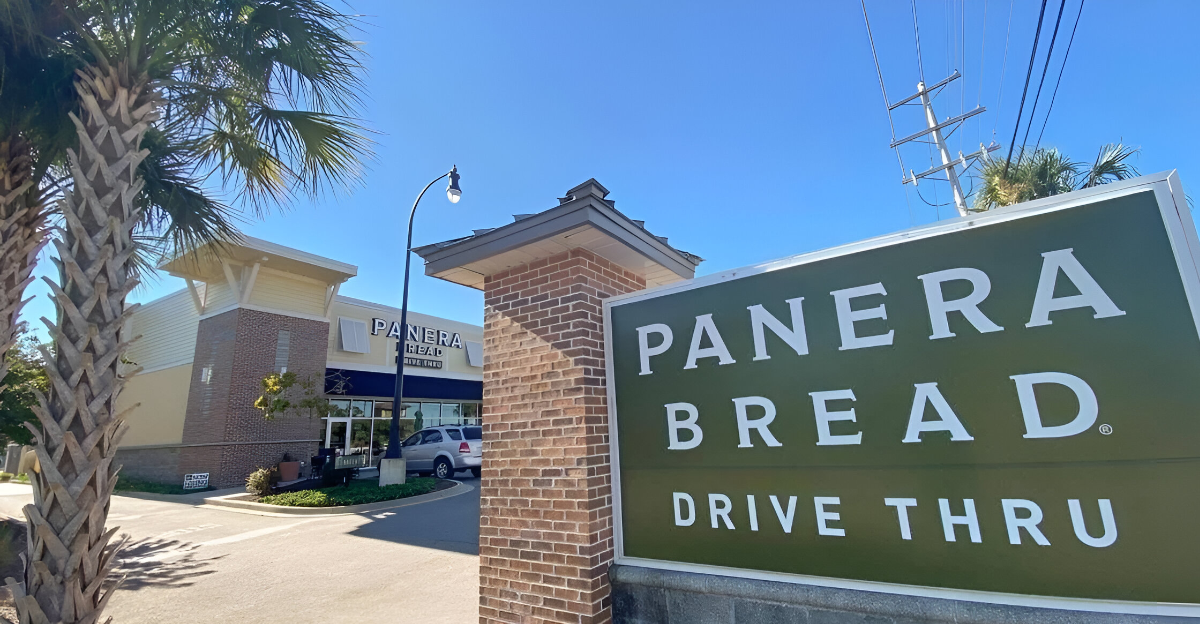
Panera’s struggles hit hard in 2024. Technomic data show sales fell over 5% to $6.1 billion – the first decline since the pandemic. Once a fast-casual darling known for fresh-baked bread, Panera saw market share erode as rivals soared. For example, Jersey Mike’s gained about 7% market share since 2019 while Panera slipped roughly 4%.
Jersey Mike’s and other sandwich chains posted double-digit growth, highlighting how consumers began trading in Panera’s aging model for newer concepts. Industry watchers were stunned by the reversal.
Mounting Pressures
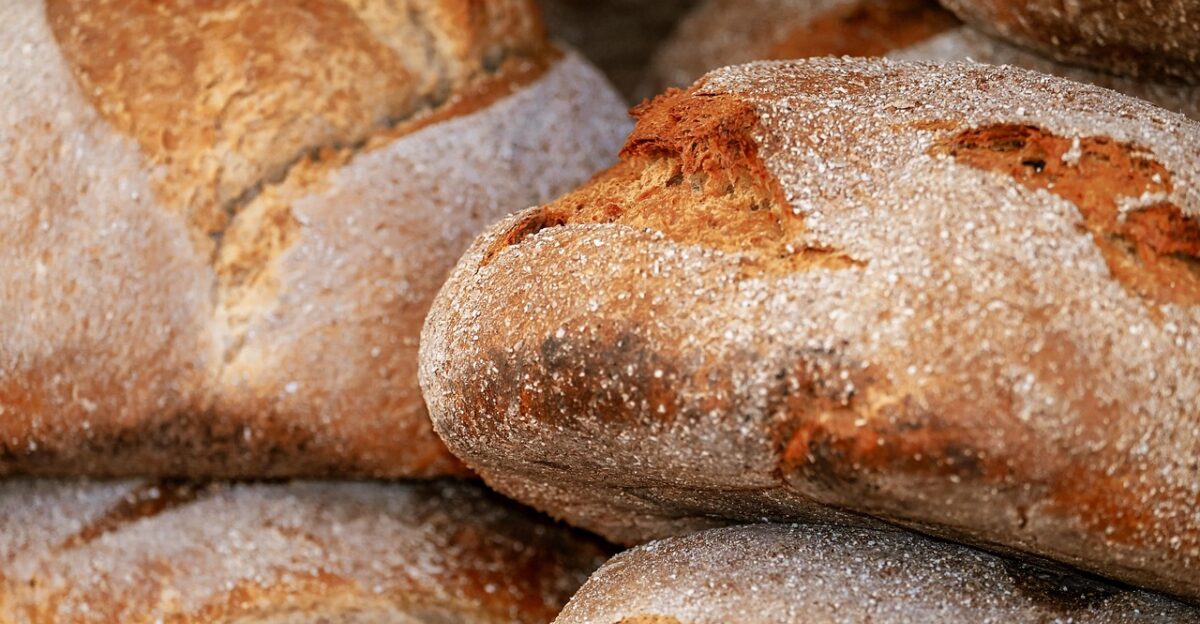
Meanwhile, customer sentiment tanked. Trustpilot reviews loudly critique Panera’s offerings – one recent diner complained that “breakfast bagel sandwiches and muffins have gone from unbeatable to uneatable. Food taste is definitely bad”. Patrons report bland bread and shrinking portions. Internally, franchisees have grappled with revenue plunges as high labor and supply costs bite.
Panera’s loyalty subscriptions and menu shake-ups so far haven’t stemmed the tide.
Fresh Legacy
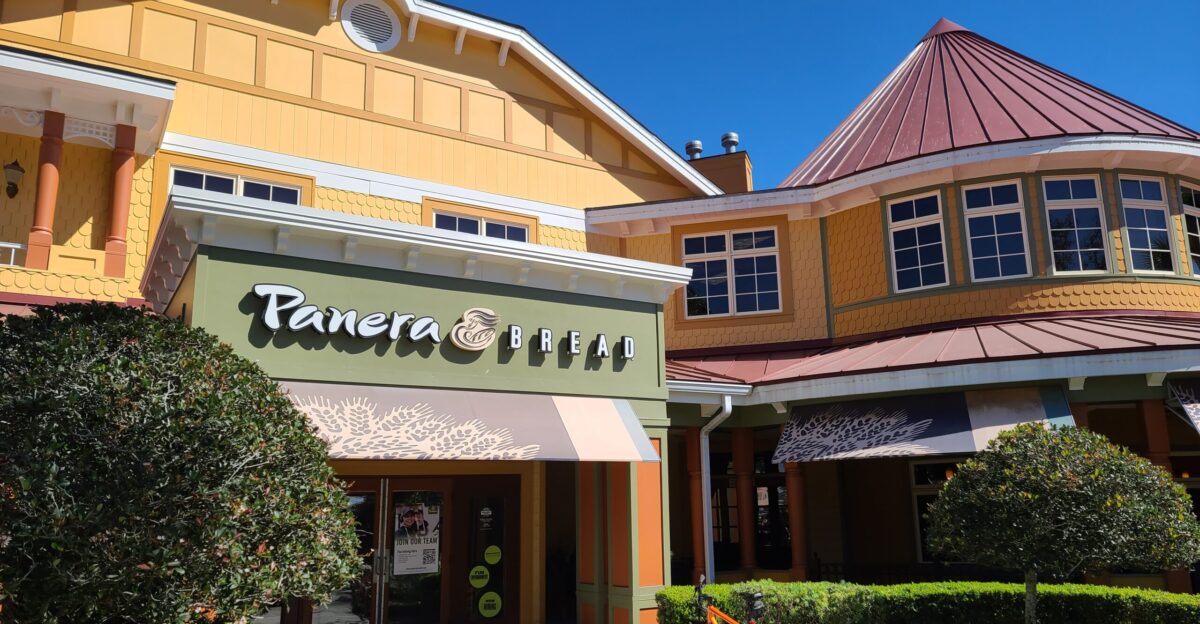
Panera’s identity was built on baking fresh bread daily. Traditionally, the chain ran 24 regional Fresh Dough Facilities where bakers mixed dough and shipped it to cafés for morning baking. This farm‑to‑table approach filled stores with the aroma of just-baked loaves and let Panera charge premium prices.
The company even mythologized its “Mother Dough” sourdough starter as a point of pride. Health-conscious customers flocked to Panera as a transparent, high-quality alternative to fast food.
Industry Transformation
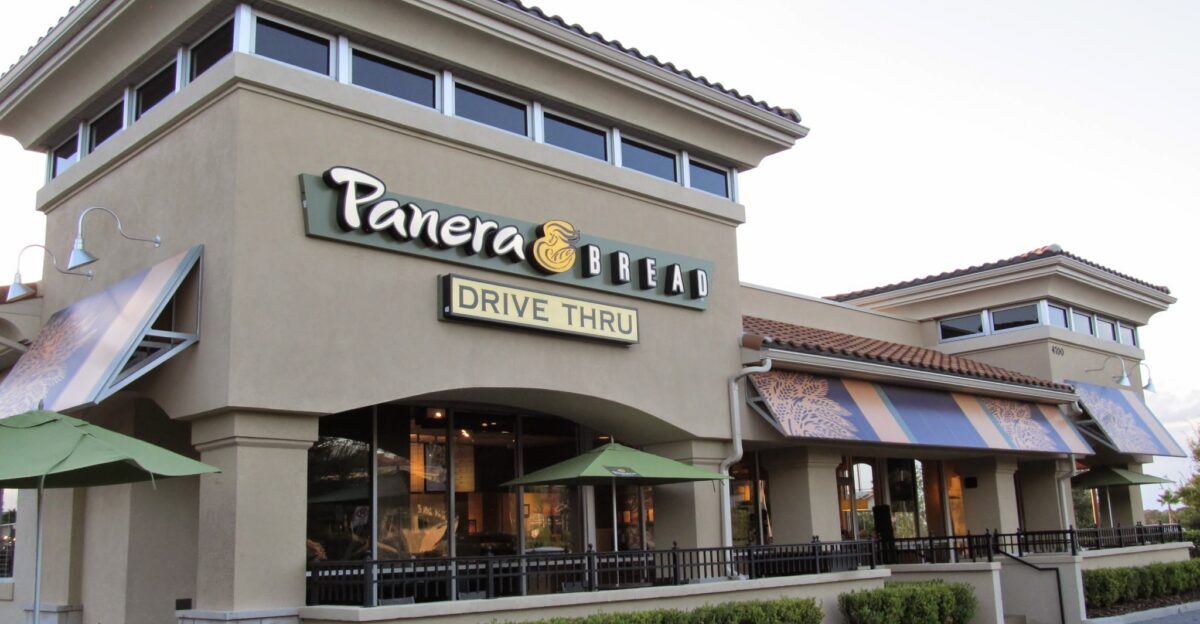
At the same time, the fast-casual landscape is shifting. The industry now tops roughly $179 billion globally and is consolidating around tech and convenience. Labor shortages and minimum wage hikes challenge many operators, while dine-in concepts adapt to delivery and value trends. To survive, chains are automating and partnering with third parties: kiosks, apps and ghost kitchens proliferate.
In this climate, even brands once built on fresh baking are rethinking models. Panera’s fresh-bread strategy, revolutionary in the ’90s, now competes with 24/7 sandwich shops and delivery-focused upstarts.
Closure Announcement
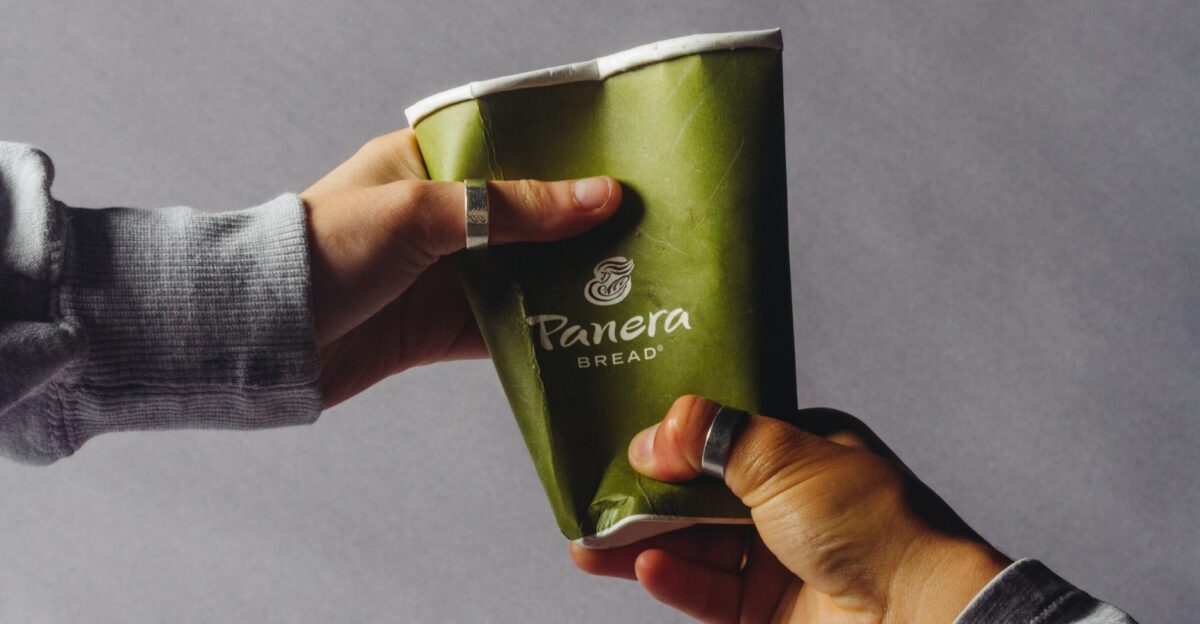
On April 30, 2025, Panera confirmed it would close all nine remaining Fresh Dough Facilities over two years as part of a sweeping turnaround plan. CEO Paul Carbone framed this as a tough but necessary pivot away from bakery cafes. Employees will be offered store or new roles, but hundreds will lose jobs.
The Brentwood, MO, facility (72 workers) closed Sept. 2025, and WARN notices were filed from Florida to California. This move dismantles the core “fresh dough” operation that Panera had built for decades.
Regional Impact
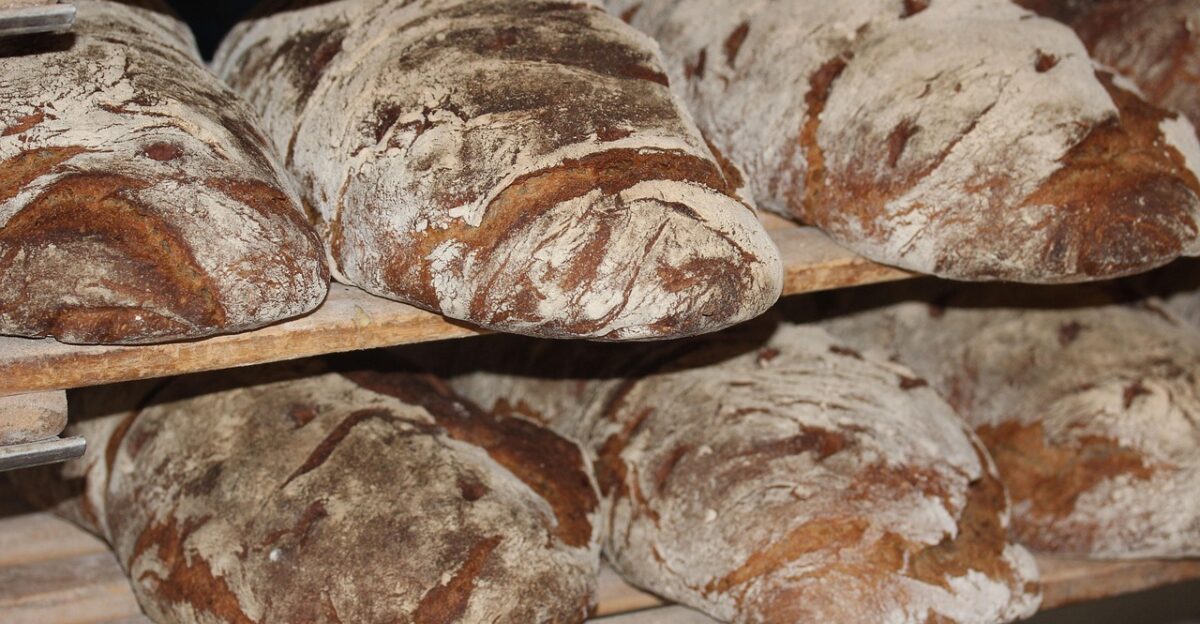
The shutdowns hit the Midwest and East hardest. Orlando’s 114‑worker plant and Michigan’s 66‑worker bakery closed in July 2025. In Lenexa, Kansas (59 workers), a company statement acknowledged the pain: “We had to make the difficult decision…deeply grateful for the contributions of all impacted team members”.
Economic development officials warn of blow to small communities. Even California’s two bakeries (Stockton, Ontario) eliminated 132 roles. Altogether, Panera’s bakeries – once local job pillars – are disappearing. In many towns, the plant was more than a dough factory; it was an employer that trained artisan bakers.
Worker Perspectives
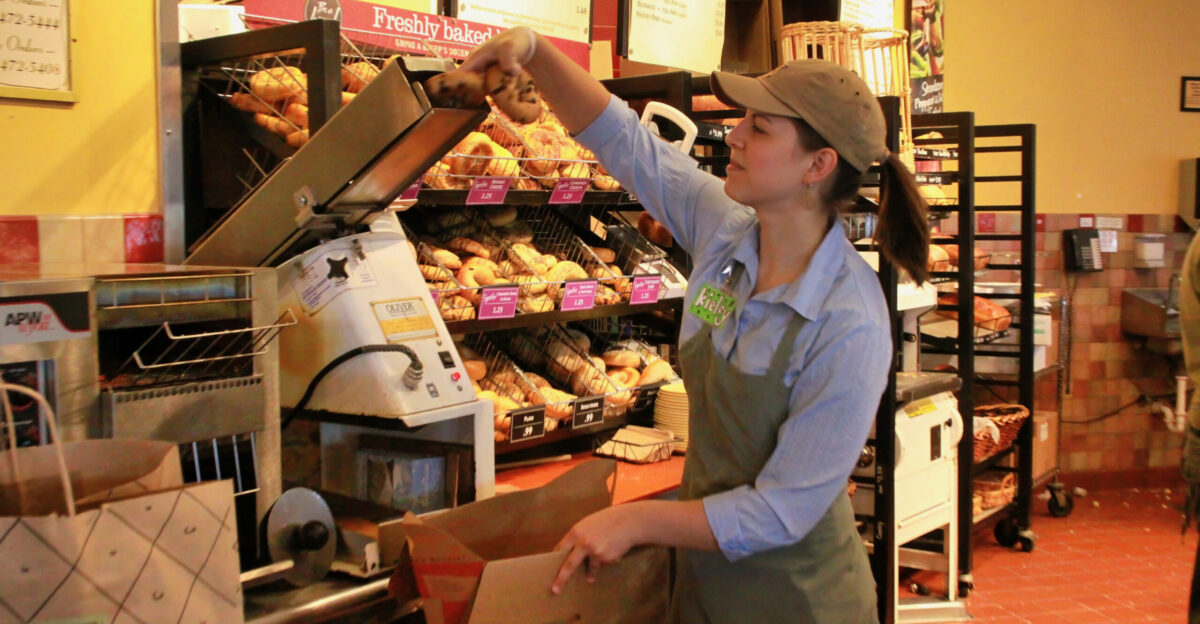
Panera’s workers are heartbroken. Longtime bakers and managers say losing on-site dough mixing is “the end of an era” for the chain. In a LinkedIn comment, a 15‑year Panera baker wrote about “watching [dough] rise and finally smelling the fresh-baked bread,” a daily ritual that will vanish.
Staff also worry quality will suffer: many recall that pre-made frozen loaves lack the sweet aroma and crunchy crust of fresh dough. Employees note that without in-house baking, cafes will operate more like sandwich shops and less like artisan bakeries. The mood among front-line teams is grim – a sense that the company’s soul is being handed off to industrial processors.
Competitive Response
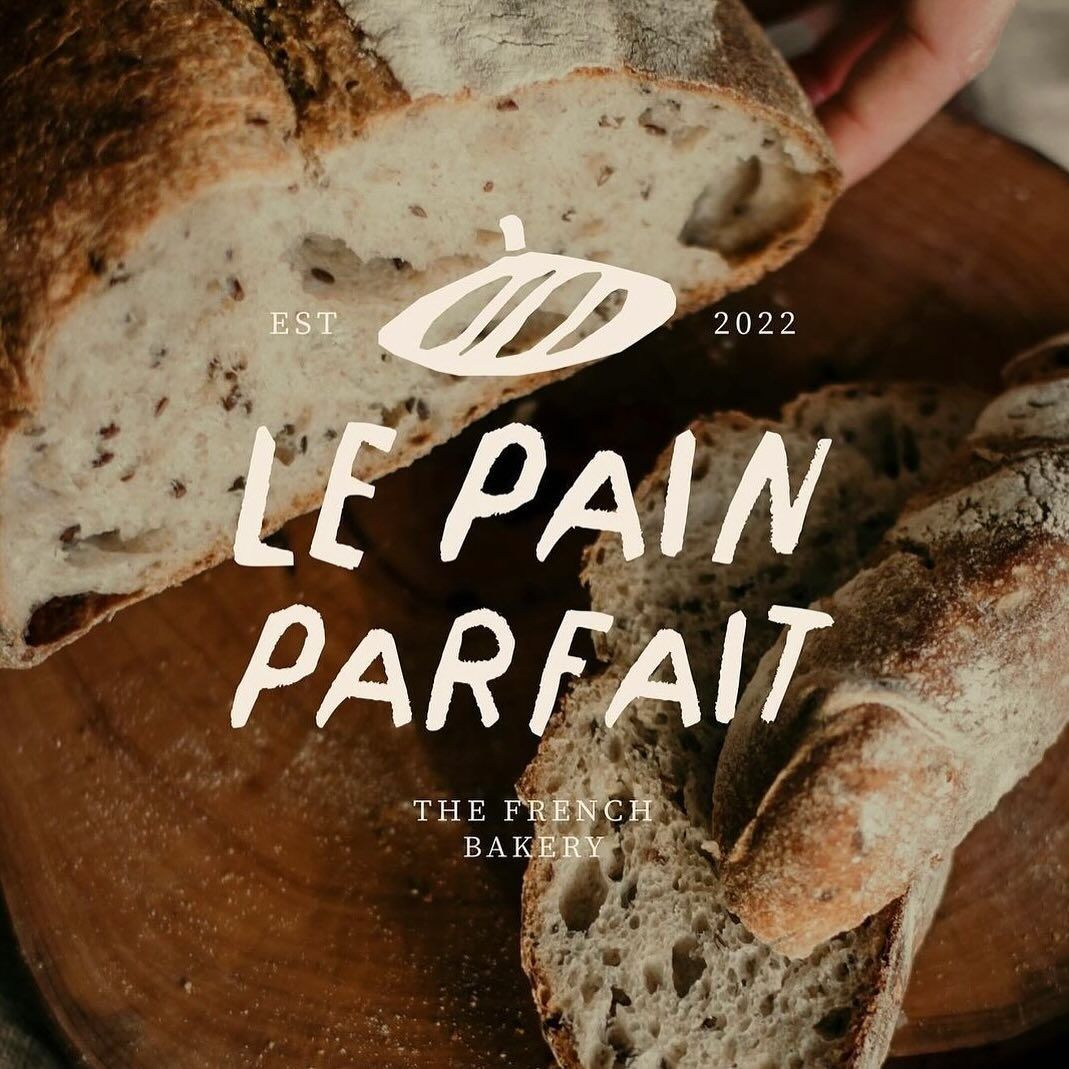
Rivals are capitalizing on Panera’s struggle. Jersey Mike’s marketing touts its “fresh sliced” sandwiches and expanding footprint (about 350 new stores in 2024) to draw in customers. In fact, over the last five years, Jersey Mike’s has grown market share by ~7% while Panera’s share fell.
Subway, meanwhile, has lagged – its U.S. satisfaction score hovers below industry average – leaving room for brands emphasizing freshness. Fast-casual chains that keep artisanal prep (with in-store slicing and baking) are seen as superior by consumers.
Financial Realignment

Parent JAB Holding has stressed that cost-cutting is needed. In July 2024, it explored selling its coffee and bagel units in a deal valuing Panera Brands at ~$1.5 billion. The dough-facility closures fit a broader plan to improve margins: removing skilled bakery jobs and sourcing bread from cheaper third parties should lower labor costs.
Analysts note this could boost franchise profitability and system consistency. But some experts warn of the downside. Former Panera CEO Rick Vanzura quips that outsourcing bread “chips away at what made Panera unique”.
Future Questions
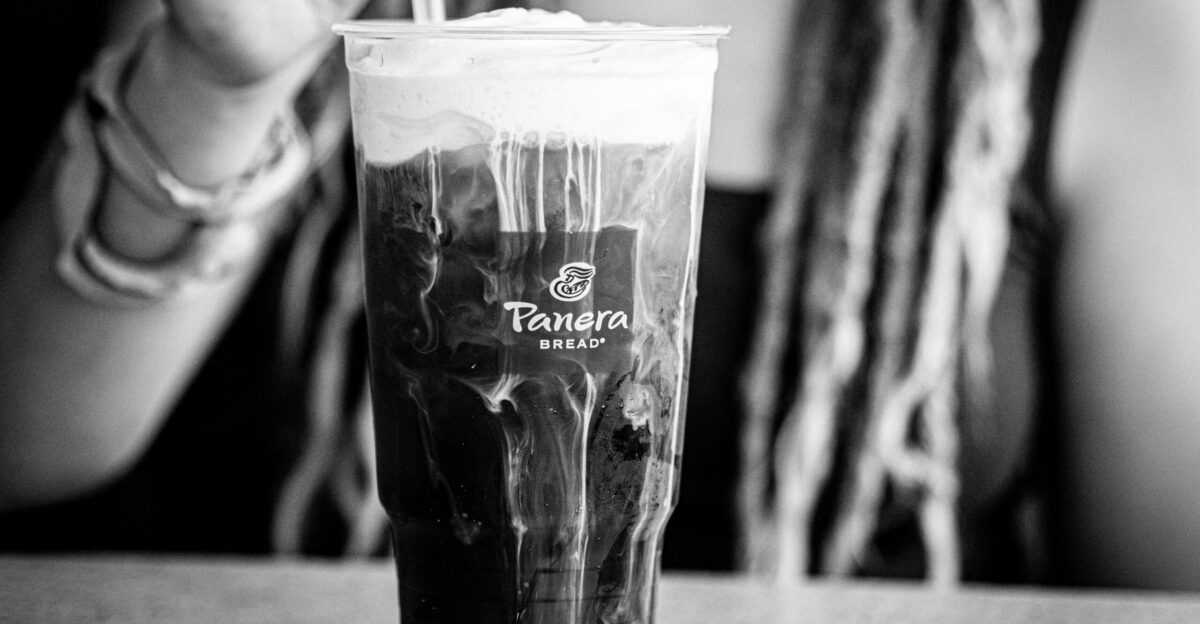
End of an era. With the shift to par‑baked products nearly complete, fundamental questions loom. Can Panera retain loyal customers without its fresh‑baking cornerstone? CEO Carbone’s three‑year turnaround is on the line.
So far, Carbone reports “encouraging sales improvements in the first quarter,” a hopeful sign, but only time will tell if this momentum holds. Industry watchers are skeptical: one veteran editor simply sums it up as the “end of an era”. Will diners embrace a world where Panera is a fast‑casual chain that no longer bakes its own bread, or will this prove a gamble too far?
Brand Reboot
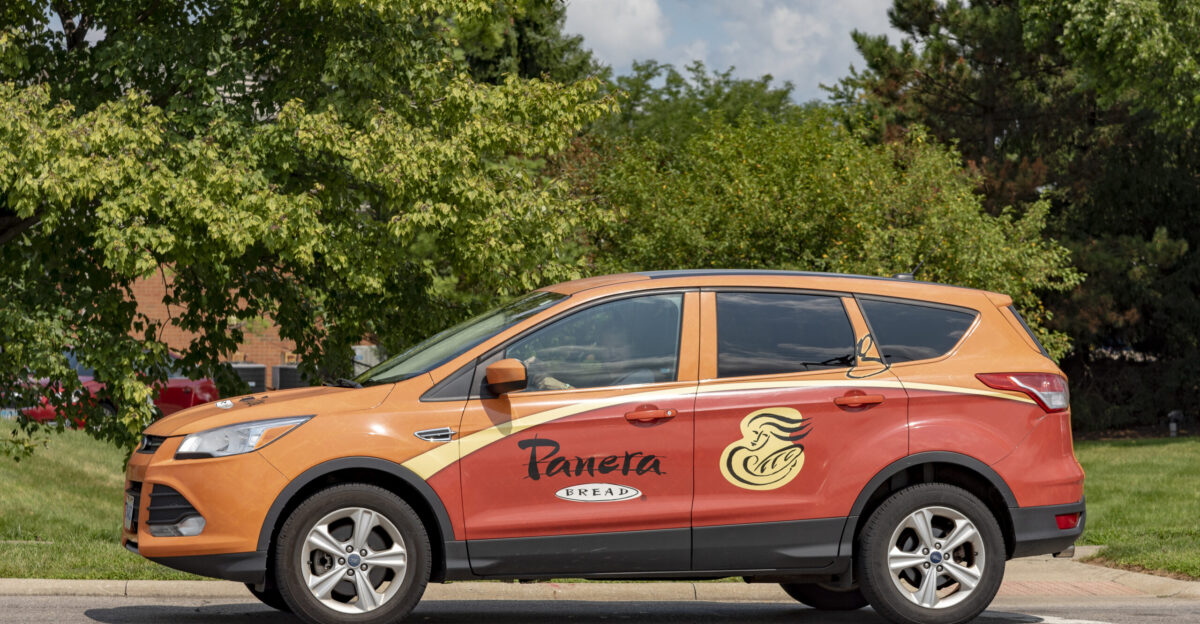
Meanwhile, Panera is retooling its brand image. In spring 2025, it rolled out a new ad campaign—“It Just Meals Good”—to position itself as a spot for every occasion, from grabbing lunch to snacking on the go. CMO Mark Shambura explains the reboot aims to “reintroduce the eatery to a broader range of consumers”.
The message emphasizes convenience and comfort (cue a catchy tagline about satisfying a midday hunger “even in your car”). This marketing pivot, driven by customer feedback, seeks to balance Panera’s heritage with a modern, anytime dining vibe.
Menu Innovations
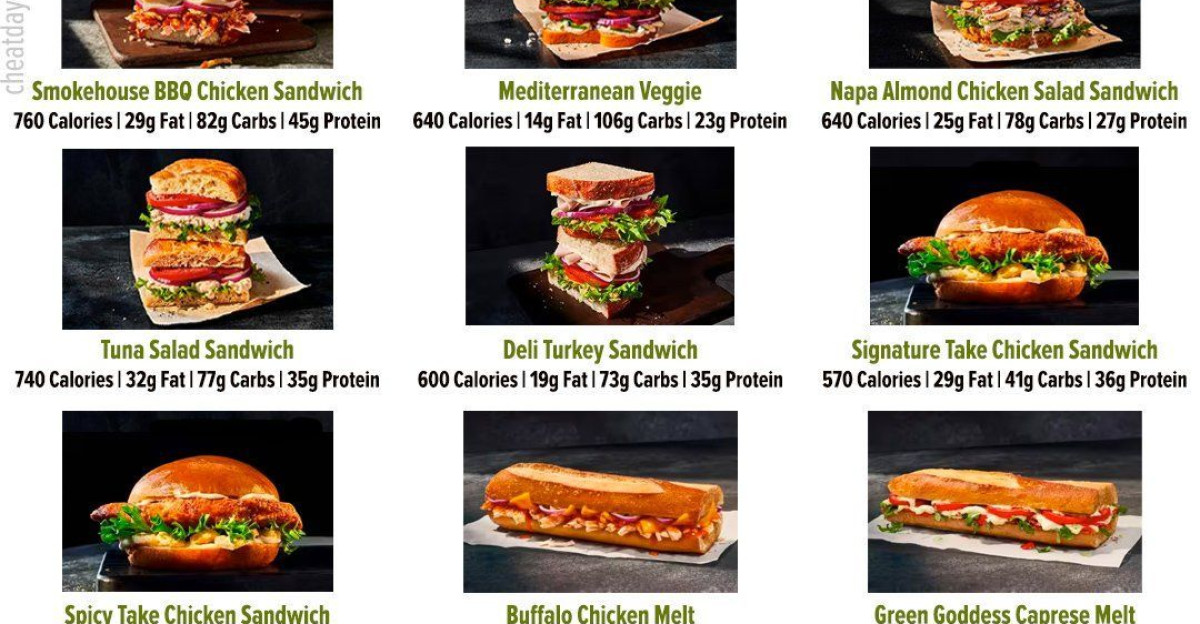
On the menu, Panera is also shaking things up. In 2025, it launched new limited-time items to spark excitement. For instance, Panera introduced Croissant Toast sandwiches – French-inspired Croque Monsieur and Fromage creations on croissant‑dough bread – which it billed as an “innovative game-changer” for its lineup. (It also added seasonal salads and revived classics like Poppyseed Chicken.)
This summer’s Italian Market offerings feature marinated steak sandwiches and a strawberry-basil lemonade Fresca, aiming for al fresco appeal. At the same time, Panera has leaned on promotions (e.g. loyalty Sip Club perks and even a $1 mac & cheese via drone delivery) to entice shoppers.
Tech & Delivery
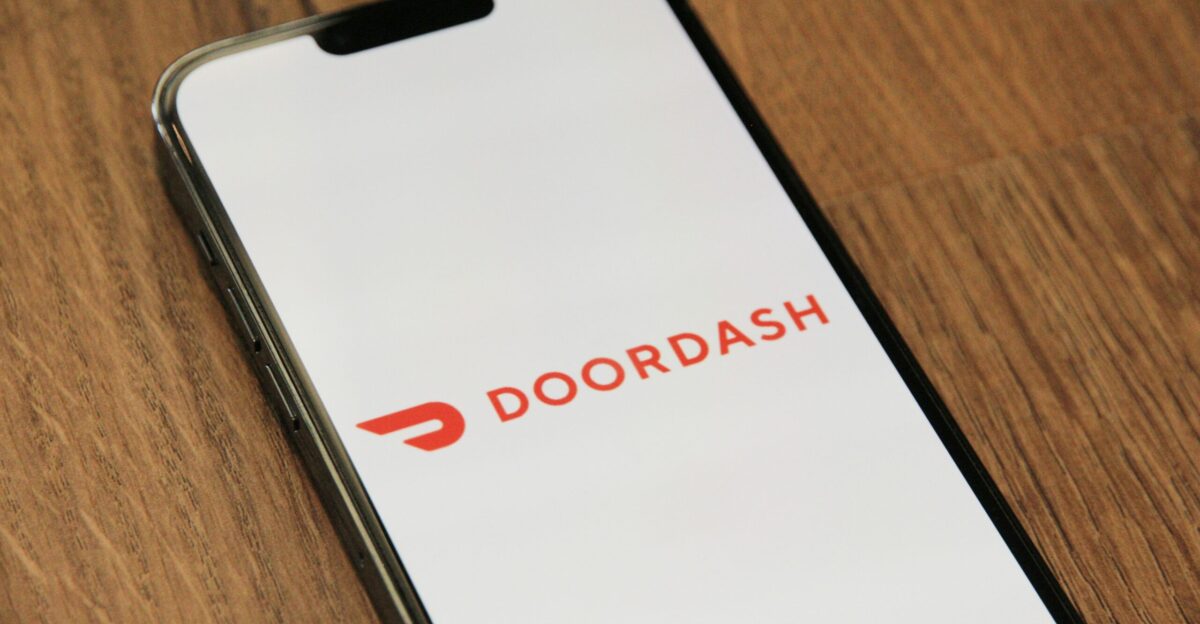
Panera is doubling down on convenience technologies. It partnered with DoorDash (and drone‑delivery firm Wing) to trial drone drop-offs in Charlotte as of May 2025. Customers there can now use the DoorDash app to order Panera items delivered by drone. “We are committed to continuously redefining convenience,” says Panera’s chief digital officer of these pilots.
Beyond drones, the chain has rolled out mobile ordering, curbside pickup and smart kiosk systems.
Management Perspective

Panera’s leaders insist the trade-offs are worth it. Corporate Affairs chief Brooke Buchanan emphasizes that partnering with “artisan bakery producers” will keep bread quality high while letting the chain grow into new markets. She points out the new model ensures items aren’t sold out: as she explains, if a customer wants an Asiago bagel at 4 pm, they “should be able to have that… and you will through this model”.
Panera says the new system even enables expansion into regions beyond the old delivery range. They pledge to reassign or support displaced bakers with training.
The Road Ahead

Today, Panera stands at a crossroads. Early signs hint at a budding recovery – the company reports modest sales upticks after these changes – but nothing is guaranteed. The chain’s fate now depends on whether customers embrace its reimagined model. Can Panera convince diners that third‑party bread is just as fresh, that new menu items are worth it, and that the convenience push doesn’t spoil the experience?
As industry watchers note, the next year will be a critical test: Panera must prove it can keep its premium positioning even without its original baking process.